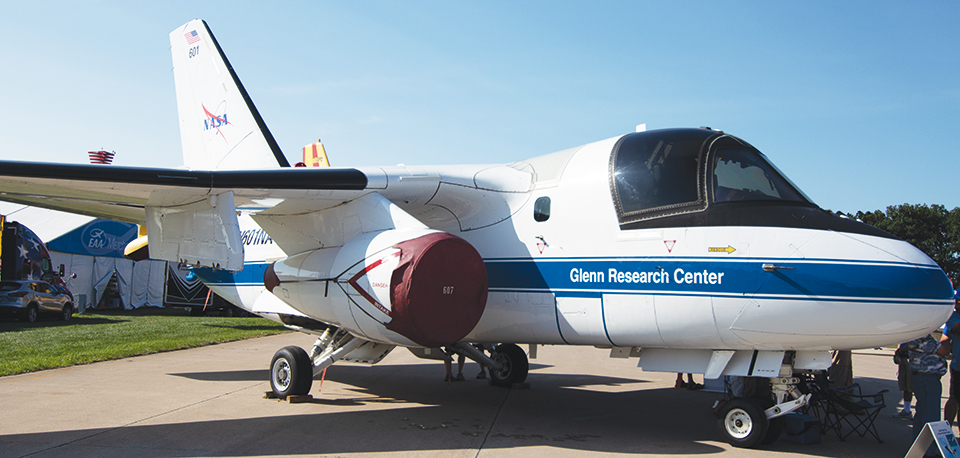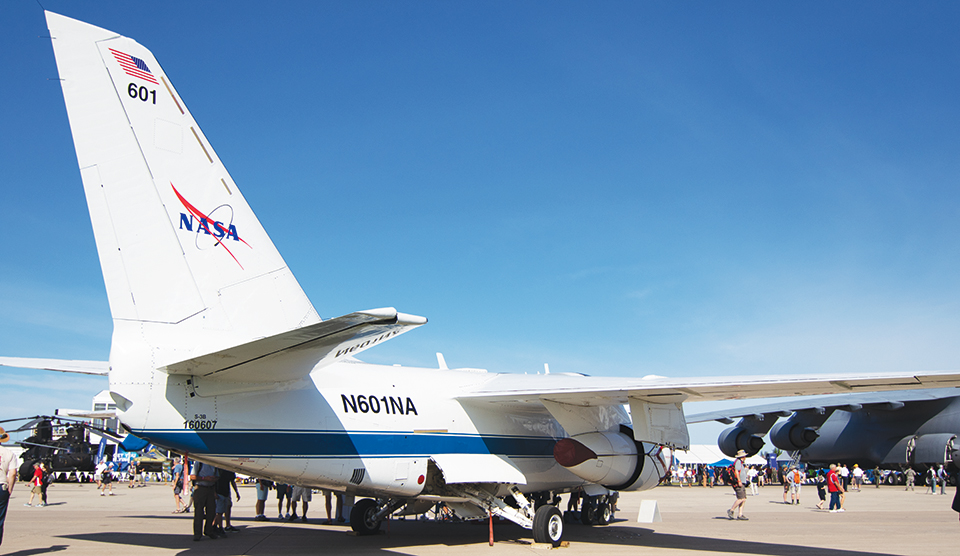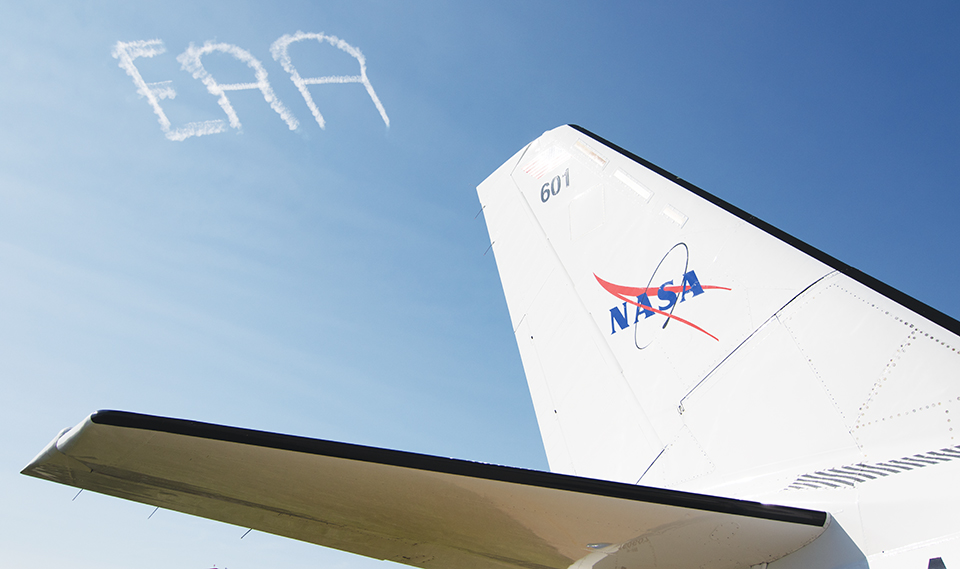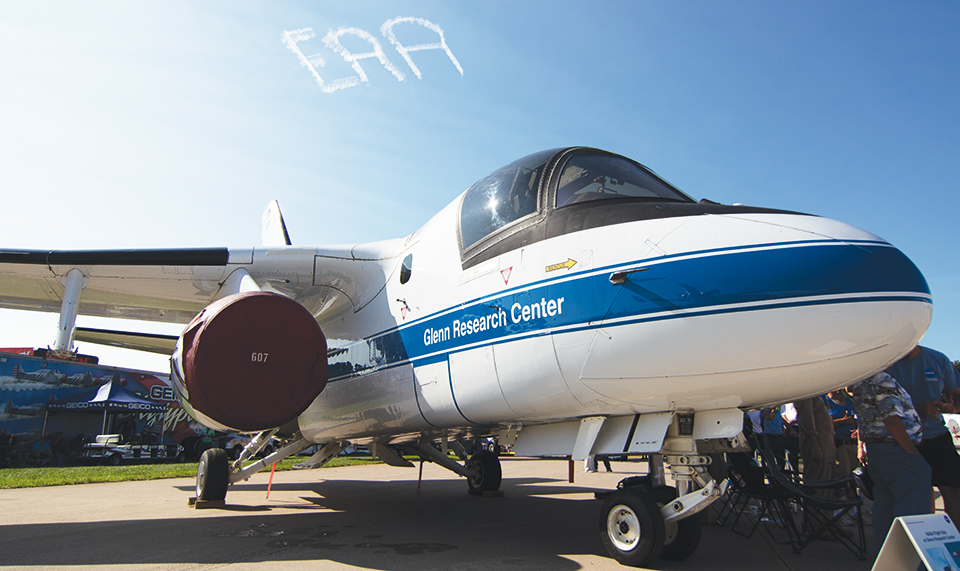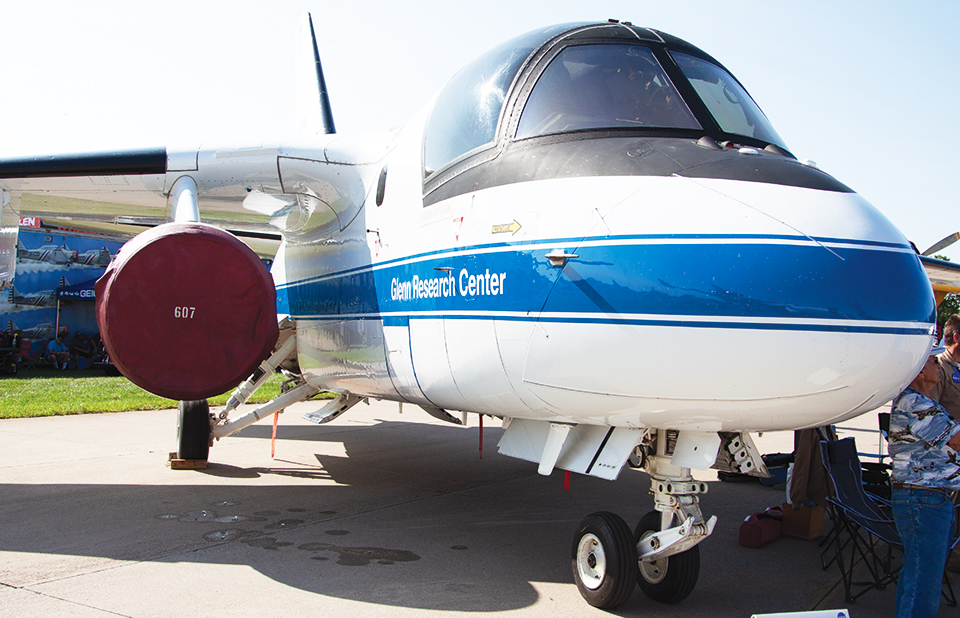NASA’s S-3 is a Capable Researcher
The airplane’s capabilities make it worthwhile to keep it flying
By Randy Dufault
July 25, 2018 - NASA has brought its submarine hunting Lockheed S-3 Viking to EAA AirVenture Oshkosh 2018 to show it off and celebrate its 40th birthday. It’s the last S-3 ever built and the U.S. Navy accepted delivery of it on July 25, 1978. Lockheed built 188 examples of the type and this is the only one still flying. It’s now operated by NASA’s Glenn Research Center.
“It was designed originally to takeoff from a carrier, do a short dash, get up to 450 knots, get overhead, and loiter for long periods of time — that is how you hunt submarines,” said Jim Demers, Glenn Research Center chief pilot. “That is really a nice capability for NASA. We can get the speeds, we can get the altitudes … we can slow this plane down to 110, 120 knots easily.”
Acquired from the Navy in 2003, NASA took a couple of years to get the S-3 into a research configuration.
“When we first got the aircraft we did our best to remove any of the military centric avionics and equipment because that stuff is expensive,” Jim said. “When you look at [general aviation suppliers], I can get a box that does about everything I need to fly in the national airspace structure for $10,000 to $20,000. Some of the [military] boxes of the component technology in her cost hundreds of thousands of dollars and they have unique software. We tried to do our best to gut as much of that as we could. We lost about 3,000 to 4,000 pounds of just equipment so we are flying this plane as light as it has ever been.”
Jim and team like the plane for a number of reasons, but its performance is key.
“I can take 12,000 to 14,000 pounds of equipment and go flying,” he said. “There is so much excess electrical power, I can power about anything that we’ve ever been thrown.”
Communications is one of Glenn Research Center’s key areas. A current long-running project for the airplane is testing hardware targeted at establishing communications standards for unmanned aerial systems. Flights starting next week will test a fifth generation of the project’s radio hardware.
“You have to be innovative,” Jim said of keeping the only example of a type in the air. “We are not the only ones at NASA that do that. But there still is the question of parts. There are a lot of these in the desert we can go get parts from, but it is getting harder and harder to do.”
Jim added that the aircraft came free to NASA. “A lot of our aircraft are acquired from the military,” he said. “They have some life left — not a whole lot — but NASA can do something with that remaining life and save the taxpayers a whole lot of money. I think it cost us a tank of gas to get this.”
Originally, NASA planned to operate the S-3 until 2015. Although that date has passed, Jim and the Glenn team are more certain that early in 2020 all of the flight test work will transition to the center’s Twin Otter and T-34Cs.
And with that, the last S-3 will retire.
